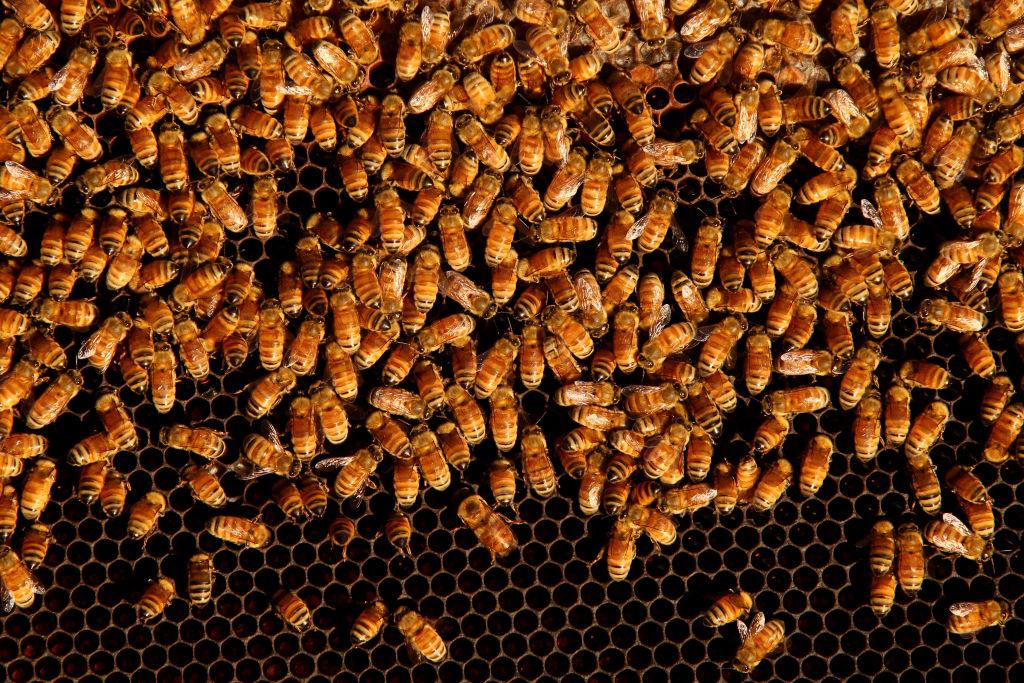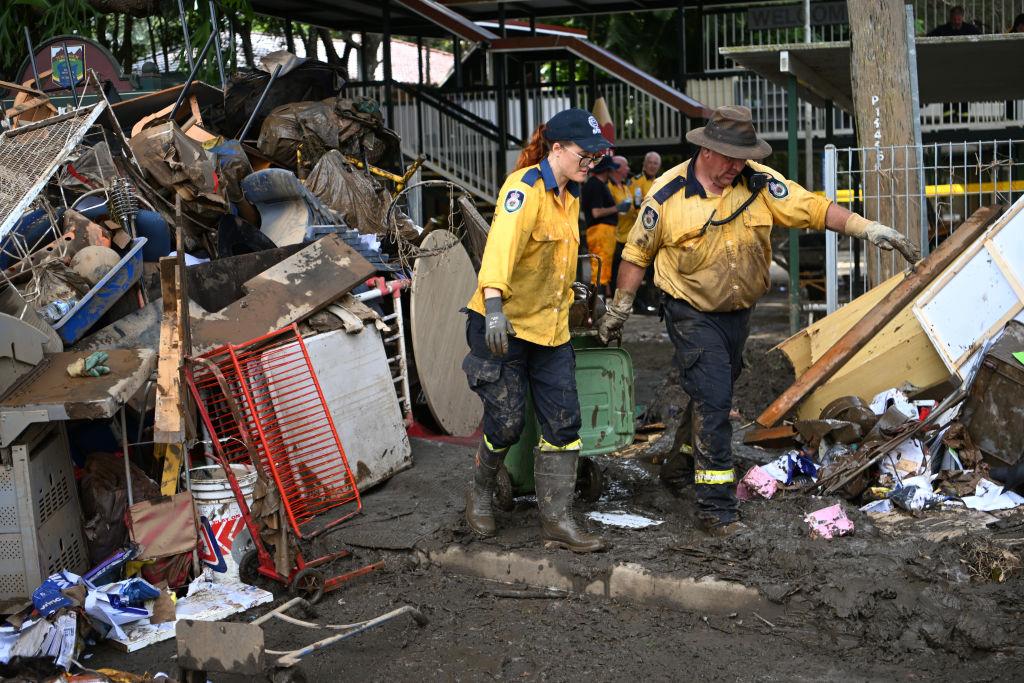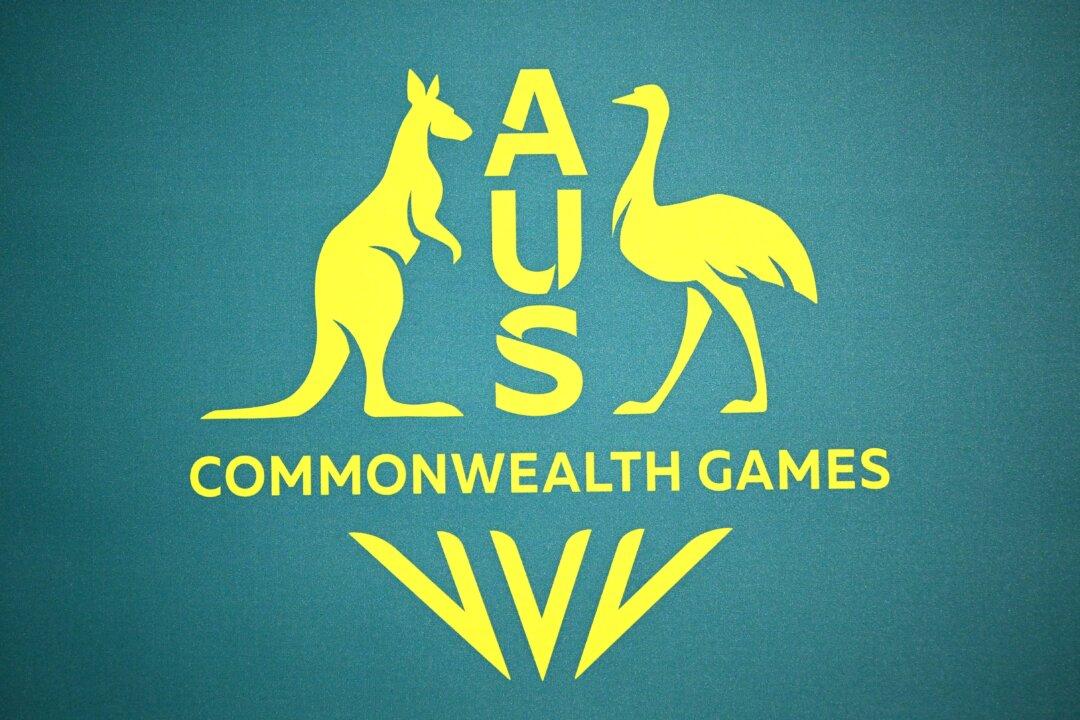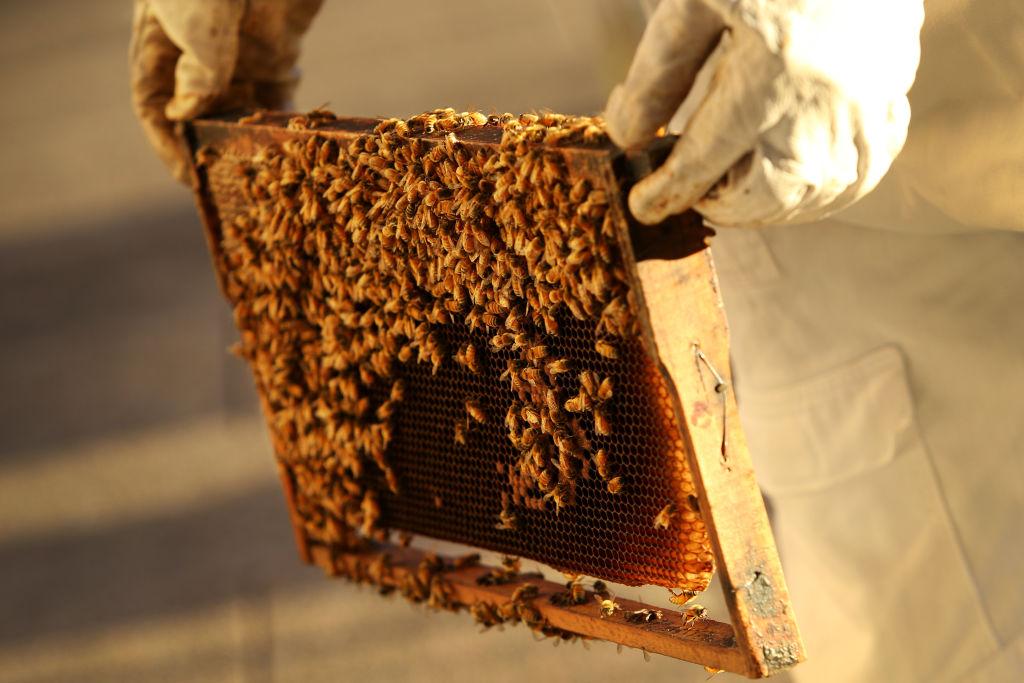Australian beekeepers are seeking millions of dollars in compensation after their beehives were forcefully destroyed to stop the varroa mite infestation from spreading.
The New South Wales (NSW) state government first announced an $18 million (US$11.6 million) package to affected registered beekeepers when the varroa mite was first discovered near Newcastle in June 2022.





